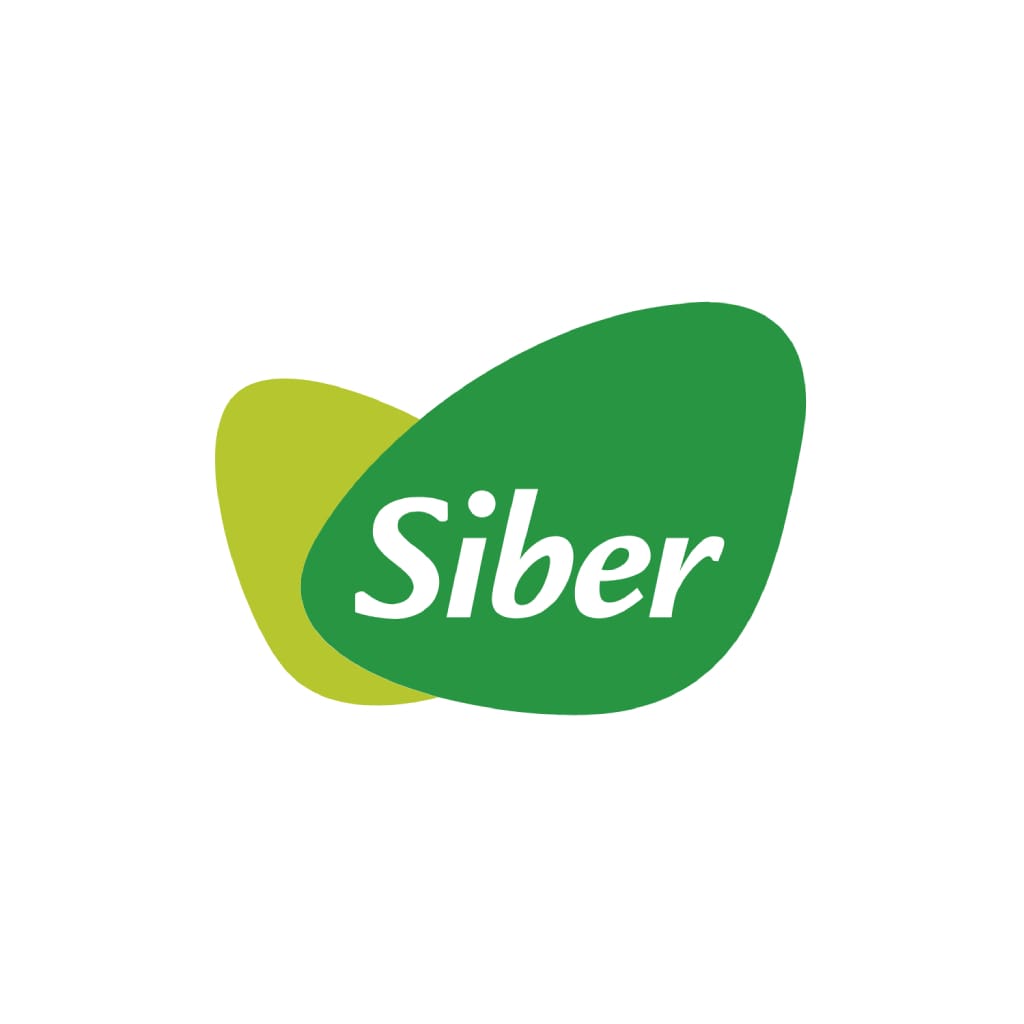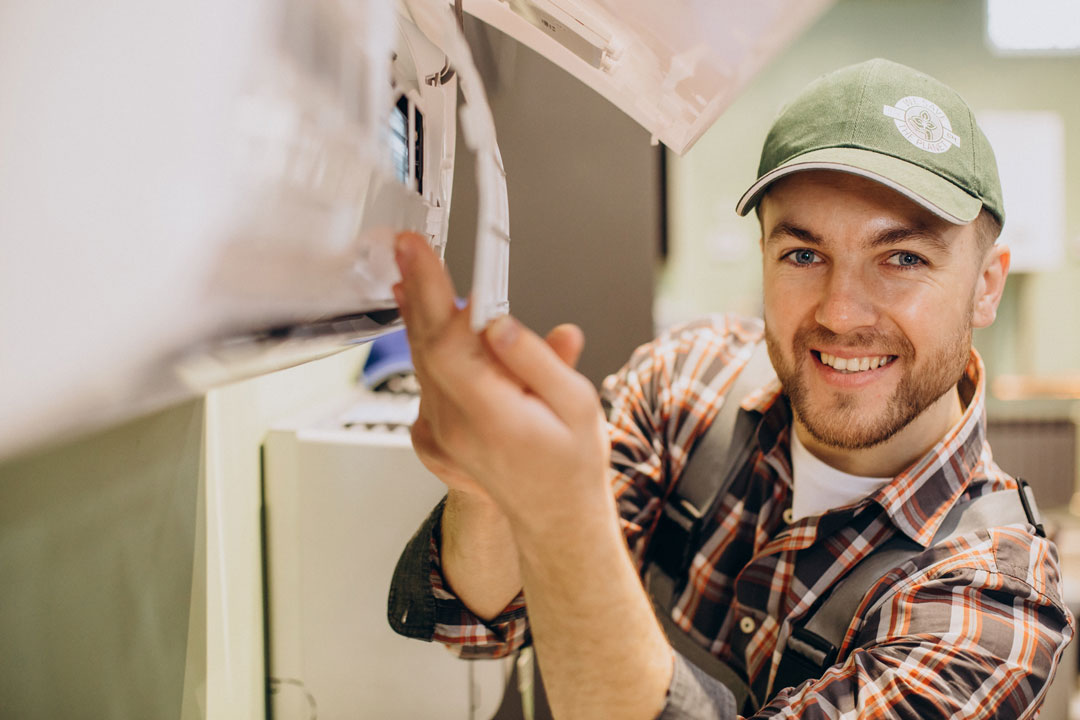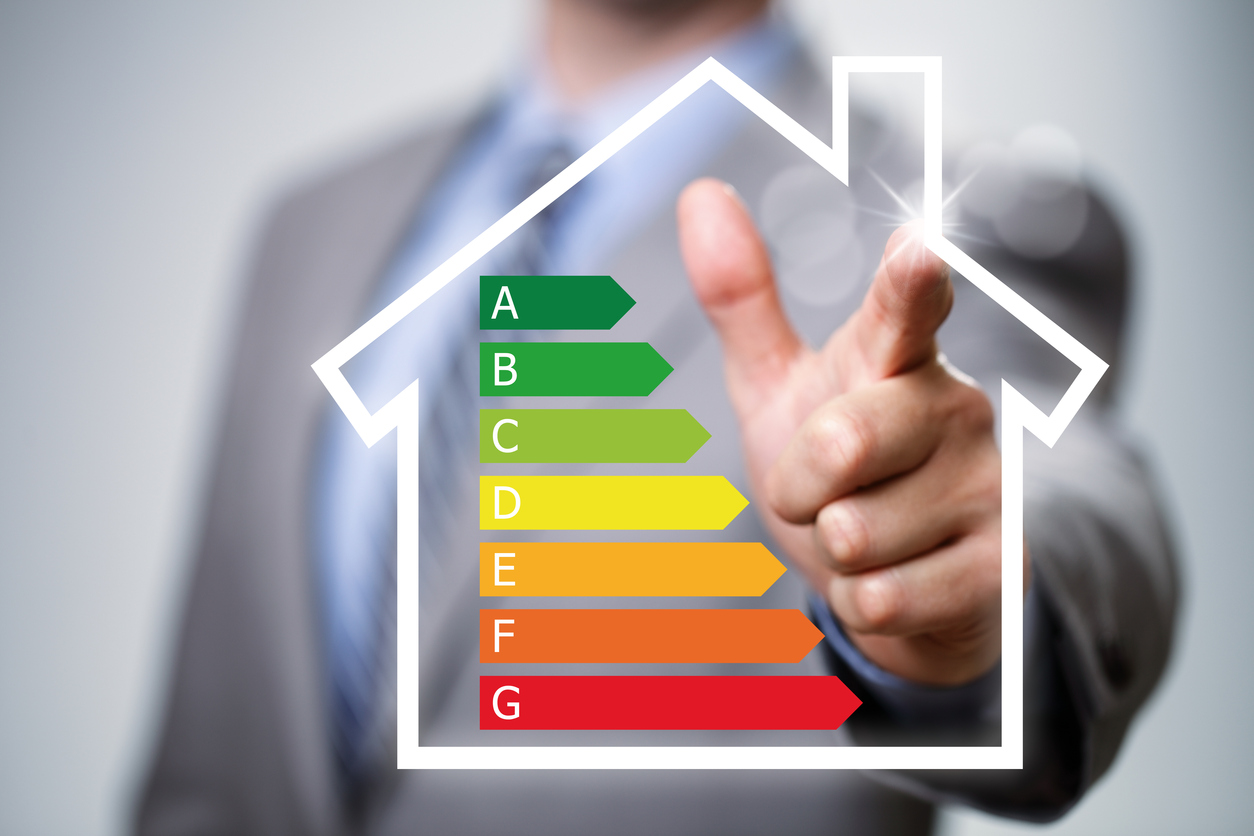
Passivhaus and the modification of the CTE, a better adaptation

superadmin
August 17, 2018
With the new modification of the CTE regarding energy efficiency in buildings, the certification label Passivhaus is strengthened. The new obligations included in the basic document DB HE of Energy Savings, proposed last June to adapt to the requirements of the imminent nearly zero energy buildings, perfectly complement many of the requirements of Passivhaus. This makes it easier for the certifying label to advance in our country.
The proposed modification for the DB HE of the Technical Building Code aims to adapt to Directive 2010/31/EU. It establishes a new obligation regarding energy efficiency and also periodic review of buildings. According to what was proposed in the modification of DB HE, the minimum energy and efficiency requirements will have to be reviewed at intervals of no more than five years, in order to adapt them to the technical advancements in the construction sector.
In this case, progress is being made towards the requirements of the European Union, as all member states must take the necessary measures to adapt to the requirements of Nearly Zero Energy Buildings from January 1, 2020, which will affect the entire residential sector.
For the Passivhaus certification label, this is a very important advancement. Those responsible in Spain for the European emblem claim that Spain is "on the right track," as there has been a lack of a set of norms and guidelines to follow until now.
From Passivhaus, it is also stated that this modification of the CTE is good news, as it closes the door to builders who may opt to minimize costs by applying high consumption strategies in buildings. They also applaud that the energy demand limits are improved. However, the certifying label's representatives in Spain estimate that the Technical Building Code is mainly taking into account cold temperatures to make calculations related to demand limits. Although in Spain there are areas where heat can generate significant energy consumption in summer, such as Sevilla. As an example, we can consider the project of the house Passivhaus built in an extreme heat climate in Spain.
They have also positively assessed how the modification of the CTE emphasizes that domestic hot water must come partially from renewable sources. This way, less energy is required to heat the water from the usual supplies.
In the same way, they insist that Controlled Mechanical Ventilation with double flow systems or heat recovery should be at the center of the policies promoted by the Technical Building Code to improve energy efficiency. Specifically, the passive houses of Passivhaus only have mechanical ventilation as a non-passive energy system.
The Passivhaus building in the modification of the CTE
Passivhaus is one of the most popular certification labels for sustainable houses today. Although its origin focused on responding to cold climates, it can adapt very well in the interior of our country. While in warmer areas it is more difficult to adapt Passivhaus regulations, it is possible.It is estimated that Passivhaus houses are the most well-known model of sustainable home. The standard originated in northern Europe, and homes with this certification have no energy costs, except for the ventilation system motor and the aerothermal pump. Moreover, the ventilation system has a recovery unit that can recover up to 95% of the thermal energy of the home at zero cost.
The aerothermal systems included in Passivhaus homes have numerous advantages:
- Nothing needs to be burned or any combustion exists. Thus, there is no smoke either.
- Outdoor air is collected which is, moreover, free. A direct refrigeration cycle is used for cooling and inversed. Thanks to this, it heats up the water and the room using the cold air from the street in winter.
- It is also sustainable in summer, since it can cool the street air through the same inverse process.
- The only consumption of Passivhaus is electrical since it is an aerothermal system. It is estimated that around 22% of the system efficiency depends on paid energy, according to experts.

Siber Ventilation
Related posts


